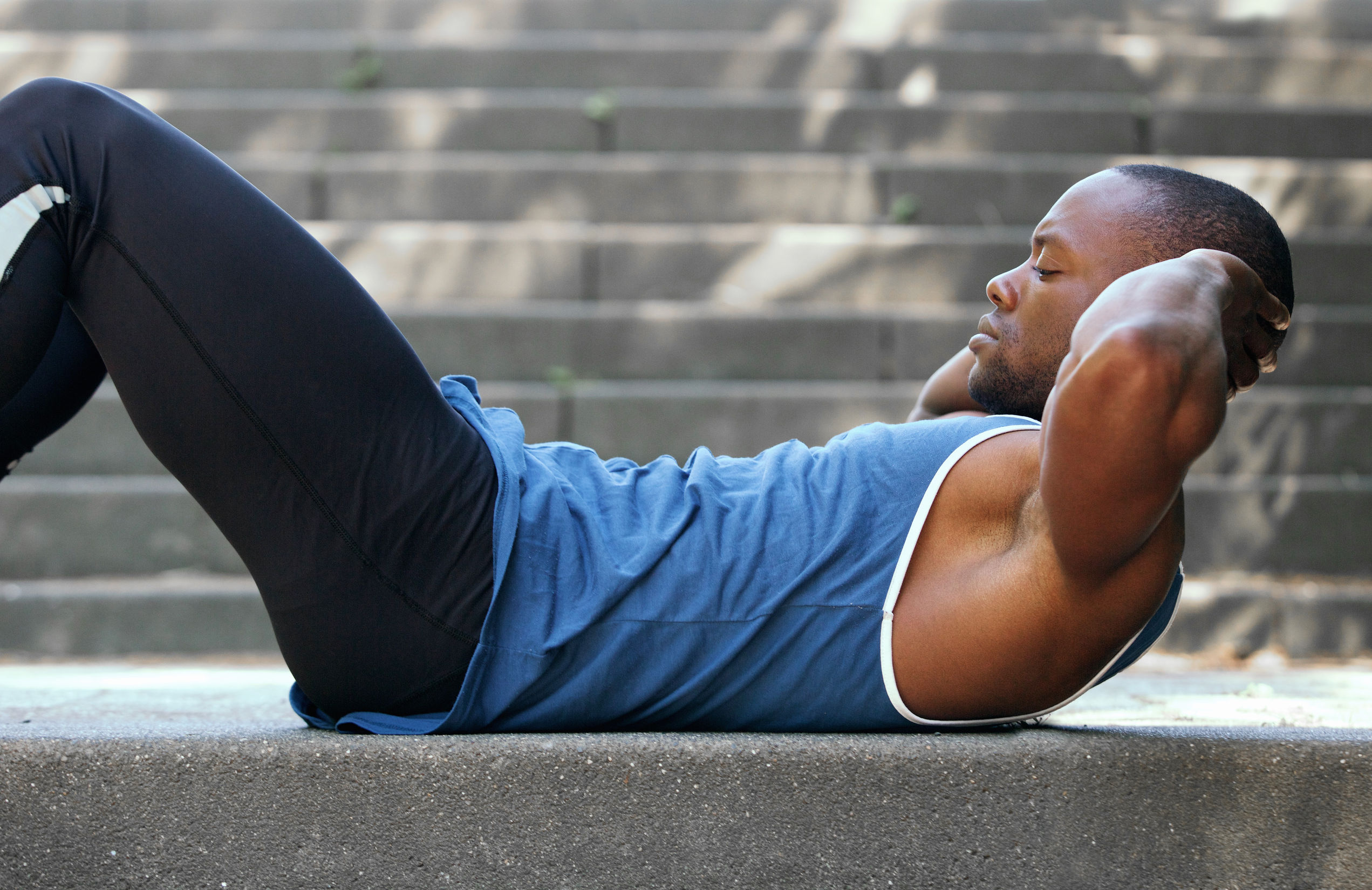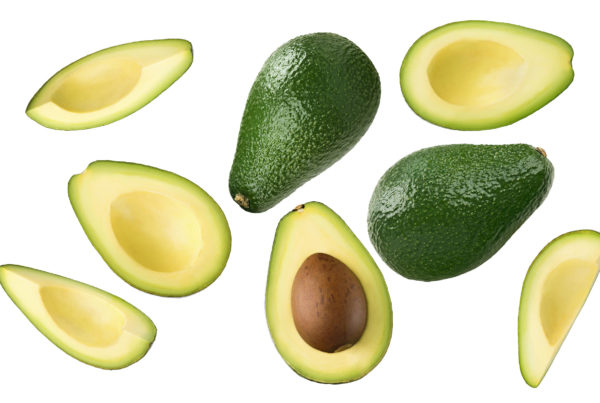”Indiana, how often do you do core exercises? Do you know about all the benefits of core exercises? This week's article discusses the anatomy of our core as well as exercises for strengthening our cores. We hope you find this helpful and informative!
Reading time: 4 Minutes
MWi Hacks:
- Discover the real benefits of training the core muscles
- Learn the anatomy of the core muscles
- Enjoy several exercises to start training your core today
MWi Summary:
- Your core includes many different muscles such as your abdominals, gluteal muscles, and hip flexors.
- Benefits of strengething your core include reduction of back pain, improved athletic performance, and improvement of postural imbalances.
- You can scroll to the bottom of the article for links to effective core workouts.
The best core exercises may surprise you. It’s not enough to just do ab crunches and sit ups. To build a strong core you need to exercise a variety of muscles, from your hips to your shoulders.
Most people think of the core as a nice six-pack or toned abs. But the abs have very limited and specific action, and what experts refer to as the “core” actually consists of different muscles that run the entire length of the torso.
When these muscles contract, they stabilize the spine, pelvis, and shoulder girdle and create a solid base of support for powerful movements of your extremities. Core conditioning exercise programs need to target all these muscle groups to be effective.
Anatomy of the Core Muscles
Experts vary in which muscles they consider to be the core muscles. Some include the muscles of the pelvic floor. The following list includes the most commonly identified core muscles as well as the lesser-known groups:
- Rectus abdominis: Located along the front of the abdomen, this is the most well-known abdominal muscle and is often referred to as the six-pack due to its appearance in fit and thin individuals.
- Erector spinae: This group of three muscles runs along your neck to your lower back.
- Multifidus: Located under the erector spinae along the vertebral column, these muscles extend and rotate the spine.
- External obliques: Located on the side and front of the abdomen.
- Internal obliques: Located under the external obliques, they run in the opposite direction.
- Transverse abdominis: Located under the obliques, it is the deepest of the abdominal muscles (muscles of your waist) and wraps around your spine for protection and stability.
- Hip flexors: Located in front of the pelvis and upper thigh, the muscles that make up the hip flexors include the psoas major, illiacus, rectus femoris, pectineus, and sartorius.
- Gluteus medius and minimus: These are located at the side of the hip.
- Gluteus maximus, hamstring group, piriformis: These are located in the back of the hip and upper thigh leg.
- Hip adductors: These are located at medial thigh and draw the legs into the midline.
Benefits of Core Strength
One of the primary aims of core exercise training is to prevent injuries that can occur if you don’t properly support the spine. Among the key benefits of core strength
Reduction of Back Pain
More on the author:
BY ELIZABETH QUINN
Elizabeth has a Master of Science degree in sport science and a Bachelor of Science degree in psychology. She completed her graduate internship at the Cooper Clinic and Institute for Aerobics Research in Dallas, TX. She has held numerous professional health and fitness certifications, including those related to personal training, sports psychology and athletic rehabilitation.






